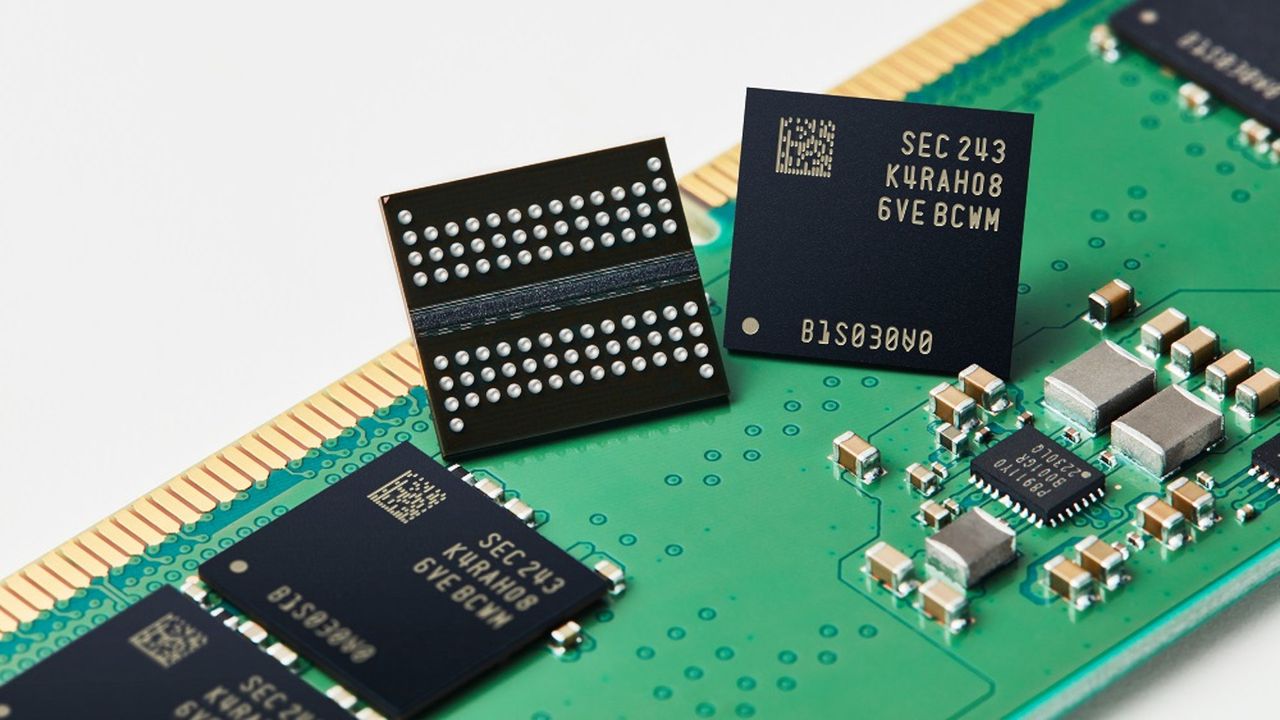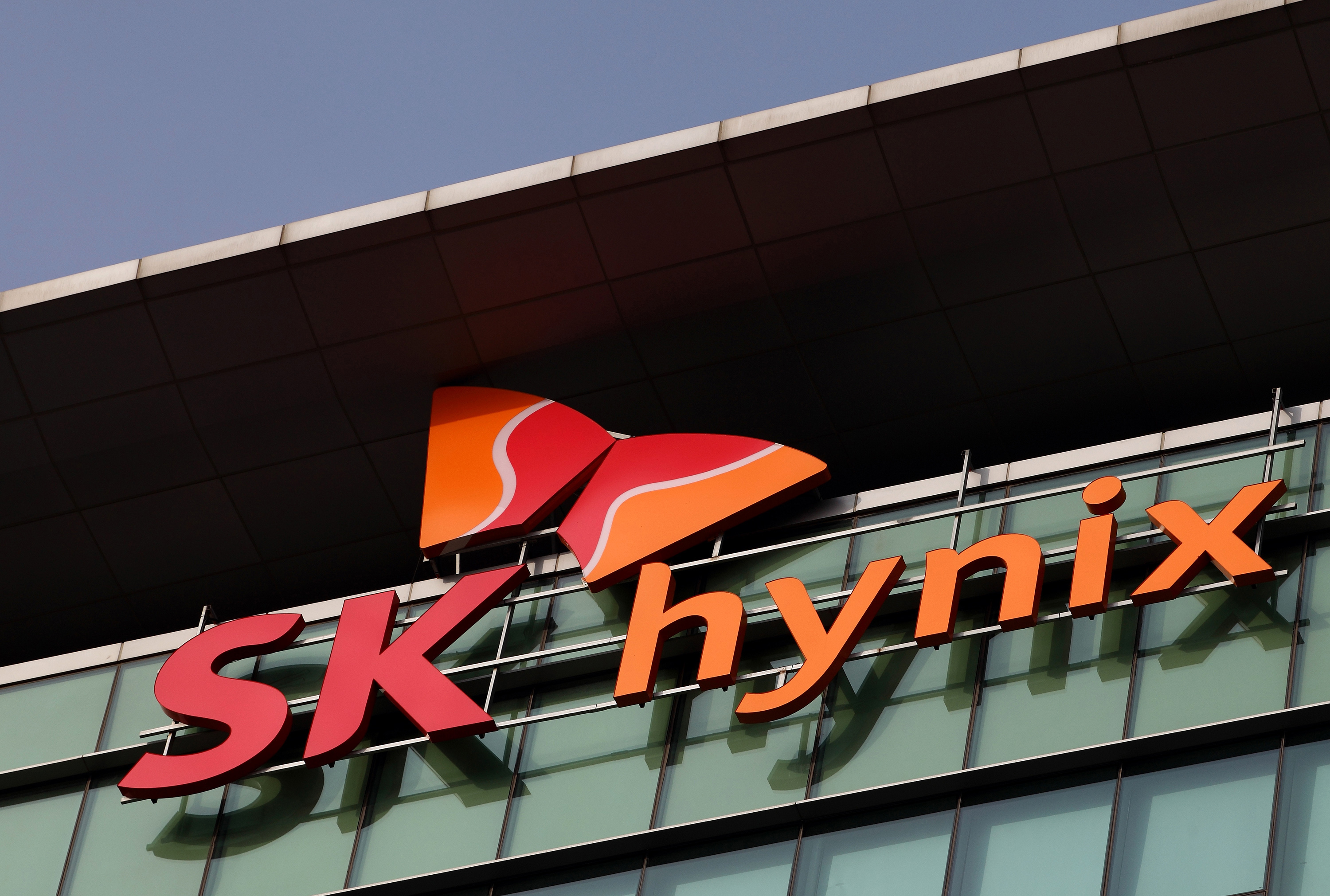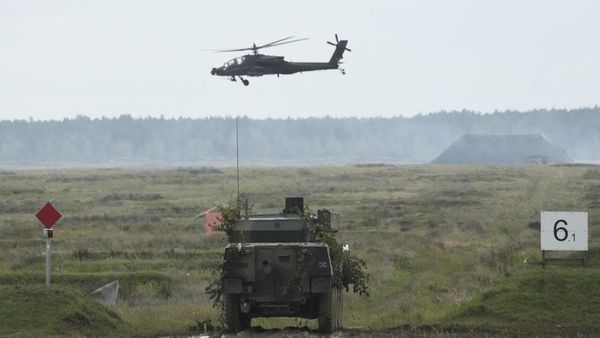
I don't own a crystal ball, but if I did, I'm sure it would be telling me all about memory prices continuing to climb. No doubt those will be the words tumbling along the semiconductor industry winds for some time.
The latest on this front, in case we needed any more evidence, is that according to the Korean Economic Daily (via TrendForce), "major memory suppliers such as Samsung Electronics and SK hynix are [charging] customers up to 30% higher prices for DRAM and NAND flash in the fourth quarter of this year" (machine translated).
The "semiconductor industry" says that the memory supply shortage will last for three or four years, which, of course, means increased prices thanks to supply and demand. The same sources apparently predict that the high bandwidth memory (HBM) market will grow to $100 billion by 2030.
This doesn't seem too far-fetched. Recently, the head of Hyundai Motor Securities Center said that "the HBM market size next year will exceed 50 billion dollars" (via Jukan on X). And with the current skyrocketing direction that RAM pricing is heading, even from a layman's perspective, this tracks.
These price rises are caused by—can you guess?—AI, of course. Big AI companies like OpenAI seem to be signing big contract after big contract, which means the need for tons of DRAM for HBM and NAND for storage to go into all the newly contracted datacentres. Even countries, such as the UK, are signing investment partnerships with companies such as Nvidia, OpenAI and Microsoft to get the ball rolling on AI infrastructure.

It's not just the latest memory technologies being guzzled up, either. We're seeing DDR4 memory rise to the point where it's barely cheaper than DDR5, even as DDR5 prices rise. And at the other end of the spectrum, even HDDs are facing supply shortages.
We've heard companies sounding the alarm about these supply shortages for a while now, so none of this is really a surprise, but seeing big numbers like 30% really does bat the message home.
It can be tempting to think of all this as affecting just the AI industry, but memory is memory: it all comes from the same manufacturers and factories, whether it ends up as HBM in a datacentre or as part of a gaming PC's dual RAM kit. So unfortunately, it's likely these price hikes for big AI customers will also trickle down into consumer prices for desktop RAM, and indeed, we're already seeing as much.
Given the long timeframes analysts and business executives seem to be discussing, there might be no better time than now to pick up some RAM if you're thinking of upgrading. Although I suppose Black Friday is just around the corner—maybe that'll be the time.







